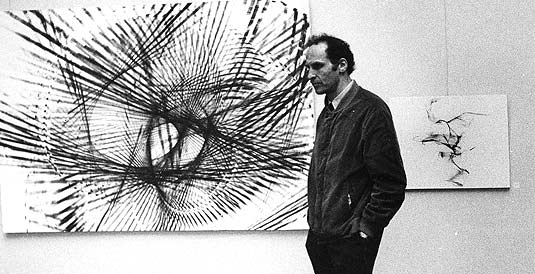
Art photography, abstract photography and kinetic art
Born in Paris to a family with roots in the Alsace-Lorraine region, Etienne Bertrand Weill graduated from the National School of Photography and Cinema. He joined the Franco-Jewish Resistance, collecting and forging identity papers in order to rescue children. He enrolled in the Jewish Maquis and in the First Army, fighting for the Liberation of Southern France as well as in the Vosges and Alsace campaigns. During these difficult years, he produced many sketches and caricatures.
After the Second World War, he worked in various fields of photography, notably as Hans Arp’s official photographer and as a contributor to ground-breaking art and architecture magazines including: Aujourd’hui, L’Architecture d’Aujourd’hui and Christian Zervos’s Cahiers d’Art. He also became successful as a specialist in theatrical subjects, photographing Etienne Decroux, Marcel Marceau and Jean-Louis Barrault, among other prominent figures.
Whilst taking part in numerous photographic exhibitions in France and abroad, he taught photography at the University of Paris from 1975 to 1986 and was a member of France’s Plastic Arts Agregation Jury.
Etienne Bertrand Weill is best known for his abstract creations, called metaforms, which set out to record the movement of mobiles he built and photographed with a view to creating images close to musical harmony.
He presented these highly characteristic works for the first time in an exhibition staged by the Espace group in 1957 and had a first Paris one-man show dedicated to them in 1962.
Altogether, about 40 international exhibitions have been devoted to Weill’s metaforms. In 2017, the Museum of Modern Art in Strasbourg featured three of them in a major International show focusing on optic and kinetic art.
Metaforms have been acquired by important private and public collections, among others: the Pompidou Center, the Musée d’Art Moderne de la Ville de Paris, France’s National Library and the Museum of Modern Art in New York.
Drawing his inspiration from contemporary music and scores, Etienne Betrand Weill created Music for the Eye scenographies based on metaform sequences that evolved in the manner of musical structures. Neither intended to serve as an accompaniment or to be purely illustrative, these large-scale pieces were meant to free the audience from reality stimulating the imagination without restraining it.
Weill held Music for the Eye concert-performances throughout the world, touring Israel with the Trio Deslogères contemporary chamber music ensemble.
He made a short film for French Television’s Research Service, receiving a special mention in the experimental category of Jerusalem’s Amateur and Short Film Festival.
On both sides of the Atlantic – from France to Italy, from Chicago to Winnipeg – Etienne Bertrand Weill conceived scenery both for dancers and dance companies (for instance, France’s National Opera Ballet, Contemporary Theater Ballet and Muriel Jaèr) and for mimes such as T. Daniel and Giuseppe Condello and, in particular, for Marcel Marceau. Far from being mere backdrops, his moving images played a key role in these choreographies and mimodramas.
From 1987 until his death, Weill lived in Jerusalem, where he pursued his work: creating scenery for Tamara Mielnick’s Empreintes (Imprints) choreography. He continued to host Music for the Eye evenings (at the Yaffa Nights, Israel Museum and Alliance Française) and took part in artistic projects in France, devising a metaform tribute to André Neher containing Hebrew inscriptions, for an exhibition mounted in Bouxwiller at a museum documenting the history and life of Alsace Jews.
All rights reserved ©2025 | Legal notice

